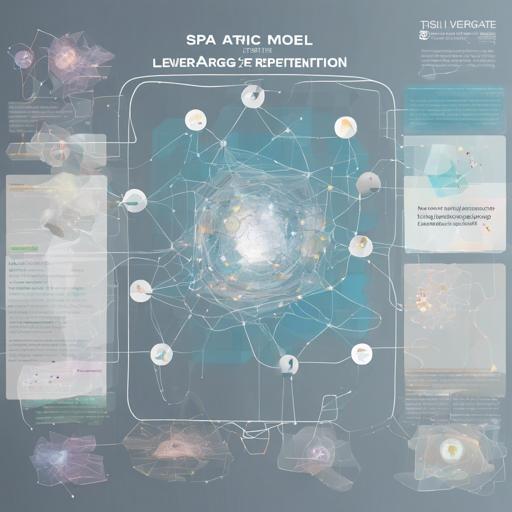In the ever-evolving field of artificial intelligence, understanding spatial relationships is pivotal for creating effective embodied models. Enter SPA (3D Spatial-Awareness), a groundbreaking framework that capitalizes on this very aspect. This blog will guide you through the functionality of the SPA model, how to access it, and address potential troubleshooting issues.
What is the SPA Model?
The SPA model stands for “3D Spatial-Awareness Enables Effective Embodied Representation.” It is designed to enhance the intrinsic spatial understanding of a traditional Vision Transformer (ViT) by incorporating 3D spatial awareness through differentiable neural rendering. This innovative approach allows SPA to process multi-view images effectively, leading to superior representation learning in embodied AI applications.
Key Features of the SPA Model
- Pre-trained checkpoints: Access pre-trained models to jumpstart your projects.
- Comprehensive Evaluation: SPA includes an extensive evaluation covering 268 tasks across 8 simulators, showcasing versatility in both single-task and language-conditioned multi-task scenarios.
- Embodied Representation Learning: The model focuses on developing representations that understand spatial relationships effectively.
Understanding the Model Through Analogy
Imagine you’re learning to navigate your neighborhood. Initially, you may rely on a basic map (like the vanilla Vision Transformer). However, as you become more familiar with the streets and landmarks, you start to build a mental map—this is where spatial awareness comes in. The SPA model acts similarly; it takes basic images and transforms them into a richer representation that understands the intricate spatial details within the environment, allowing for better decision-making.
How to Access the SPA Model
If you’re eager to delve into the capabilities of the SPA model, you can explore the following resources:
- Repository: Check out the source code and documentation on GitHub.
- Project Page: For more specific details, navigate to the SPA project page at haoyizhu.github.io/spa.
- Paper: An in-depth research paper will be available soon on arXiv.
Troubleshooting Common Issues
While working with the SPA model, you may encounter a few challenges. Here are some troubleshooting steps to assist you:
- Installation Issues: Make sure you have all dependencies installed. Check the requirements specified in the repository to ensure you don’t miss anything.
- Performance Variability: If the model performance differs significantly from expected results, revisit the hyperparameters. Sometimes, a simple tuning can yield great improvements.
- Integration Difficulties: If you face issues while integrating the SPA model with your existing systems, consider revising the architecture or APIs involved.
For further assistance on your journey, stay connected with fxis.ai for insights, updates, or collaboration opportunities on AI development projects.
Conclusion
The SPA model represents a substantial leap forward in embodied representation learning, especially in understanding complex spatial interactions. By utilizing the resources and tips provided in this article, you will be well on your way to harnessing the power of spatial awareness in AI. At fxis.ai, we believe that such advancements are crucial for the future of AI, as they enable more comprehensive and effective solutions. Our team is continually exploring new methodologies to push the envelope in artificial intelligence, ensuring that our clients benefit from the latest technological innovations.

